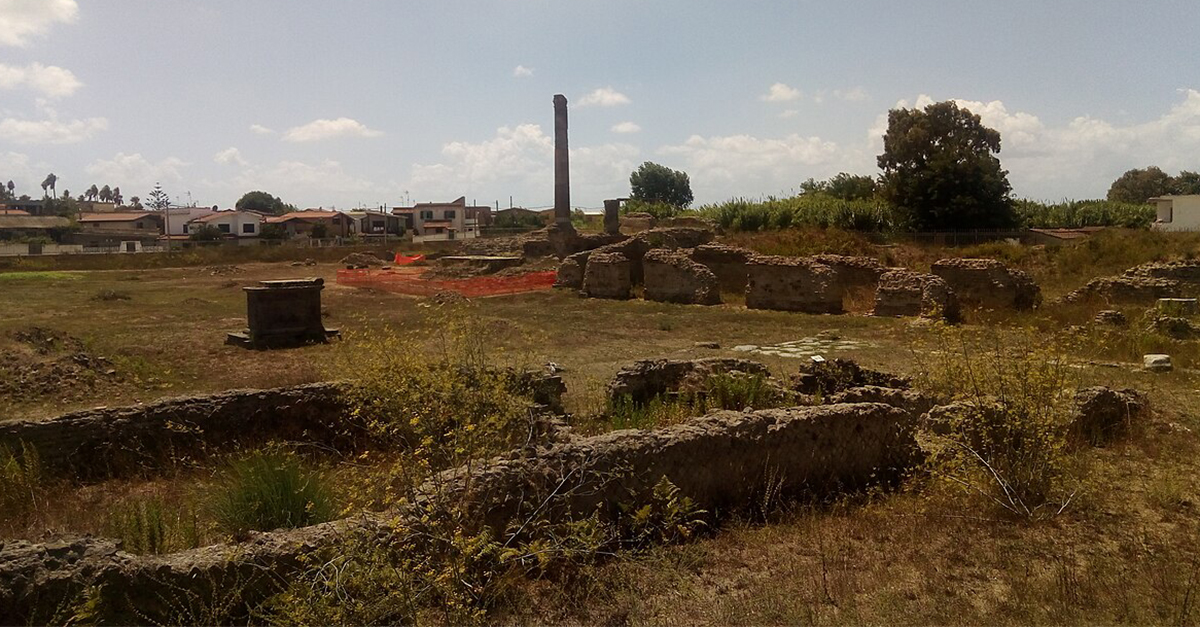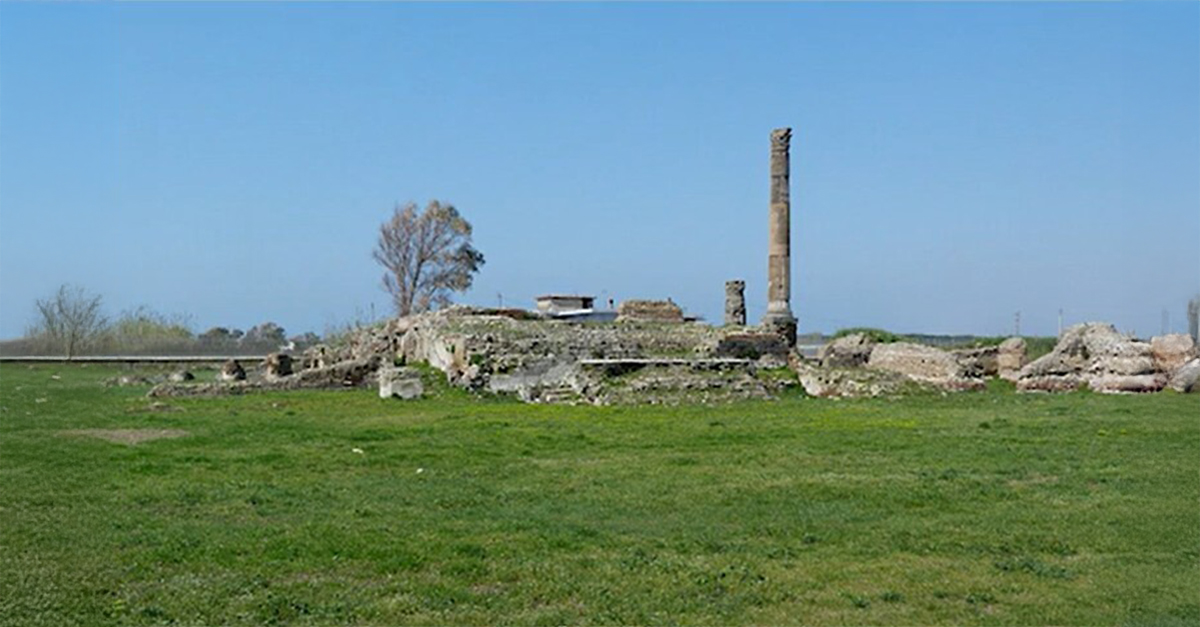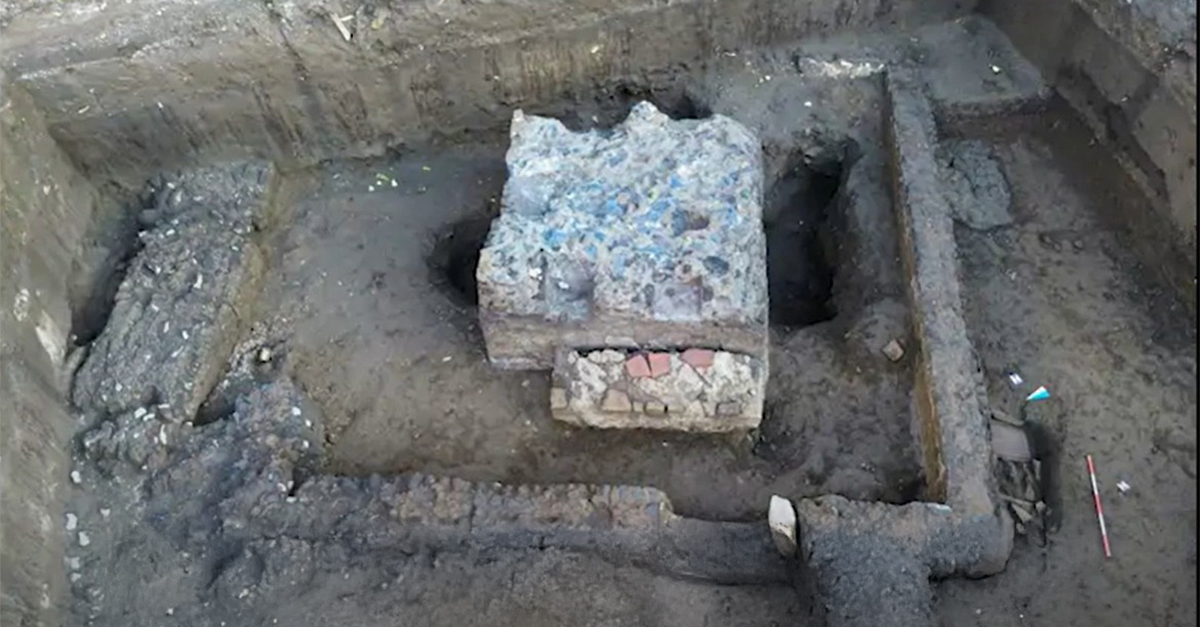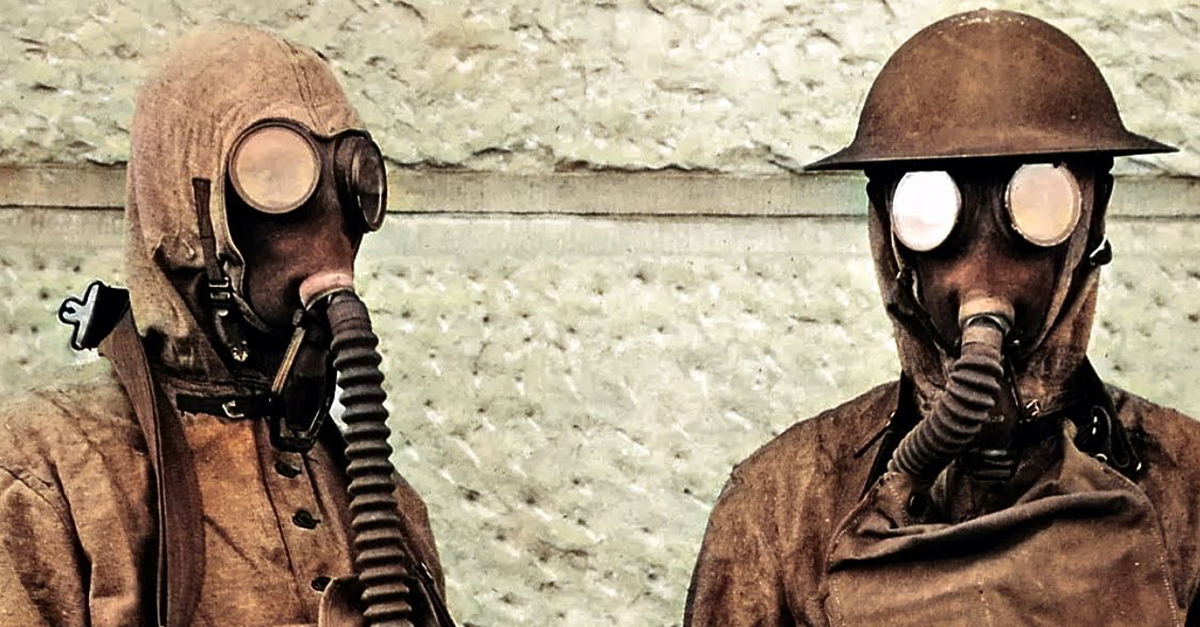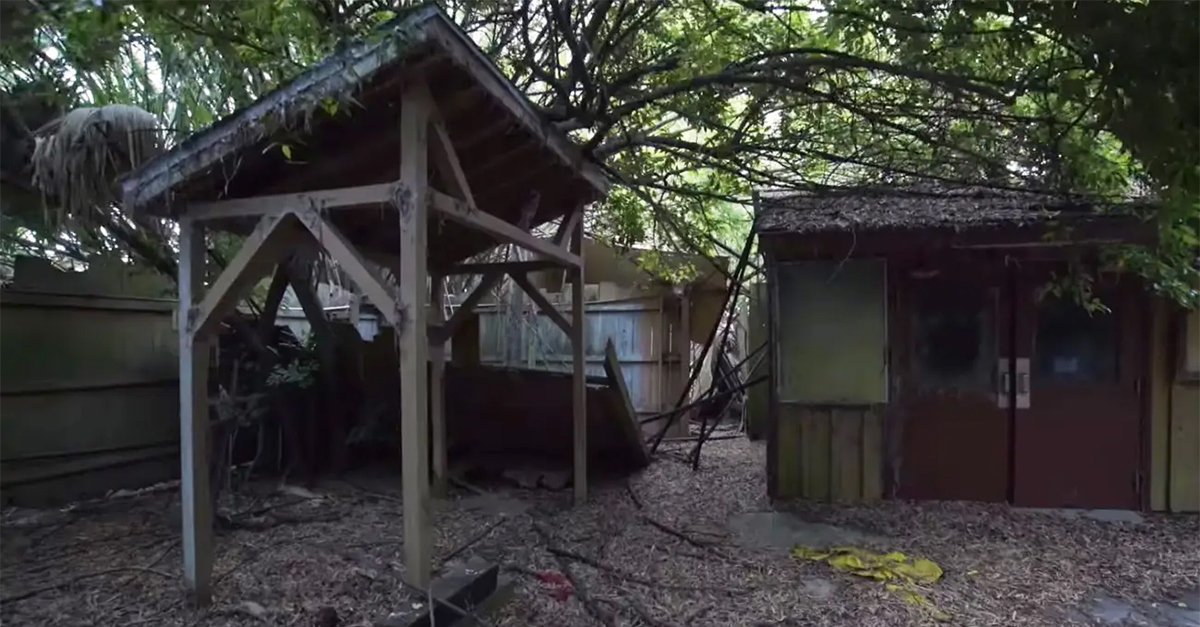In early 2025, archaeologists dug up an incredible burial site near the ancient Roman colony of Liternum, near Naples. The site held ornate tombs and a rare gladiator’s burial with his name immortalized in marble. The shocking discovery tells us much about Roman burial customs and the lives gladiators led after their brutal fighting careers were over—if they were lucky enough to survive.
A Fitting Venue For A Gladiator’s Grave
Founded in the 2nd century BC, Liternum was famed as the home of Scipio Africanus, the general who vanquished Carthage. Excavations show the cemetery was active from the late 1st century BC to the 3rd century AD. It was in this imperial context that a gladiator’s final resting place was found.
This Site Is Intact
Covering roughly 1,600 sq ft, the cemetery has two funerary enclosures and a deep masonry well amid over 20 burials. Decorated walls with white plaster, red pigment, and ornate mausoleums underscore the site's status as a ceremonial and formal burial ground.
Epitaph For A Gladiator
The most remarkable find is a marble slab etched with a gladiator’s funerary inscription. No remains survive, but the epitaph names the occupant as a former combatant in the arena. Ancient lamps, coins, and pottery found nearby set the date in the Imperial Roman period and hint at funerary rites and status markers.
Above The Common Crowd
The gladiator’s cenotaph offers rare insight into how gladiators were perceived beyond the arena. Although most were slaves or convicted criminals, this memorial shows that at least one gladiator was honored with a careful burial. Lead archaeologist Dr Simona Formola suggests this reflects genuine social recognition beyond being a disposable space-filler.
Mausoleum Architecture Reflects Social Status
The site’s variety of tomb types, from tiled graves to urn burials, indicates sharp social stratification. The gladiator’s tomb, with its elaborate mausoleum and painted surfaces, means that a very prestigious man was interred here.
A Well For Conducting Rituals
A prominent well in the center of the site probably served ritual purposes, maybe linked to libations or purification rites during funerals. Its placement amid the lavish tomb architecture suggests ongoing group ceremonies tied to death and memory in the colony.
Big Picture View
This fascinating site is a treasure of information on Imperial Roman funerary customs in rural colonies. The craftsmanship, decorative elements, and burial practices show that historical memory and ceremonial burial were a big part of life in the Roman provinces.
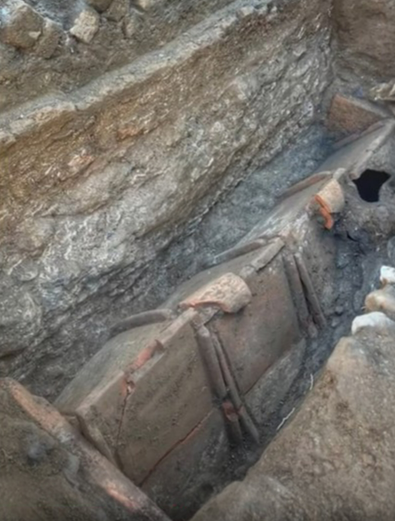 Ancient Liternum: Gladiators and Ruins, The Curiosity Chronicles, YouTube
Ancient Liternum: Gladiators and Ruins, The Curiosity Chronicles, YouTube
Digging Deeper To Learn More
Archaeologists are already digging up more of this cemetery while they explore Roman social hierarchies, religious practices, and landscape organization. Scholars reckon that further work will uncover more gladiator burials and even more inscriptions, broadening our view of Roman provincial life.
The Layers Of Civilization
The gladiator’s tomb at Liternum is a monument to the complex layers of Roman civilization, proving that even those who risked death in the arena could enjoy recognition and a respectful burial. As far as excavations go, this site will only quench our thirst for knowledge temporarily.
You May Also Like:
The Disappearance Of Rome's Ninth Legion: Marching Through The Mists Of Time
9 Human Mistakes That Changed The World Forever
The Discovery Of Troy’s Last Inhabitants: A Startling Find In A Legendary City

